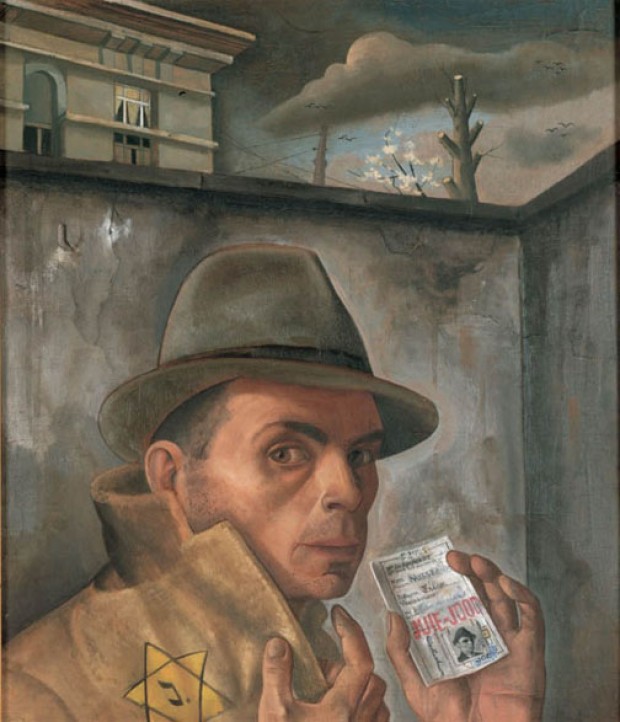


In this dissertation I consider the ideological implications of representations of courtesan culture in Émile Zola’s Nana, and assert the validity and value of this analytic approach to the naturalist text. In summary, convinced of Brazil's small but vital role in Manet's psyche and work, I consider the process by which sources become official and suggest further avenues of research. This perspective led to the conclusion that Olympia (1863) was conjured from a remembered scene in Rio. By relating historical accounts of mid-century Rio de Janeiro and its French immigrants to Manet's observations in the letters he wrote home, it was possible to identify the places he visited and the French family he stayed with. Looking at Olympia, the maid's costume and demeanour is far more appropriate to a Brazilian slave than to an odalisque. A shock of recognition hit while scrutinising Le Déjeuner sur L'Herbe (1863): Brazilian signifiers in the grey mountain, the toad and 'the cherries of June, figs of September' that have long puzzled scholars, plus additional Brazilian elements not previously identified. Manet's stay in Rio was longer than is often implied-a full nine weeks anchored in Rio's Guanabara Bay, with twice-weekly forays into Rio city and nearby countryside. Writer Emile Zola defined the 1849 journey as Manet's 'coup de tête' a friend held that tropical light was responsible for recalibrating Manet's tonal perception. A few contemporaries noted Brazil's impact on Manet's artistic vision but did not analyse it within specific paintings. This study discusses Edouard Manet's 1849 voyage to Brazil, presents evidence to connect this experience to his body of work and suggests new keys to old mysteries.


 0 kommentar(er)
0 kommentar(er)
